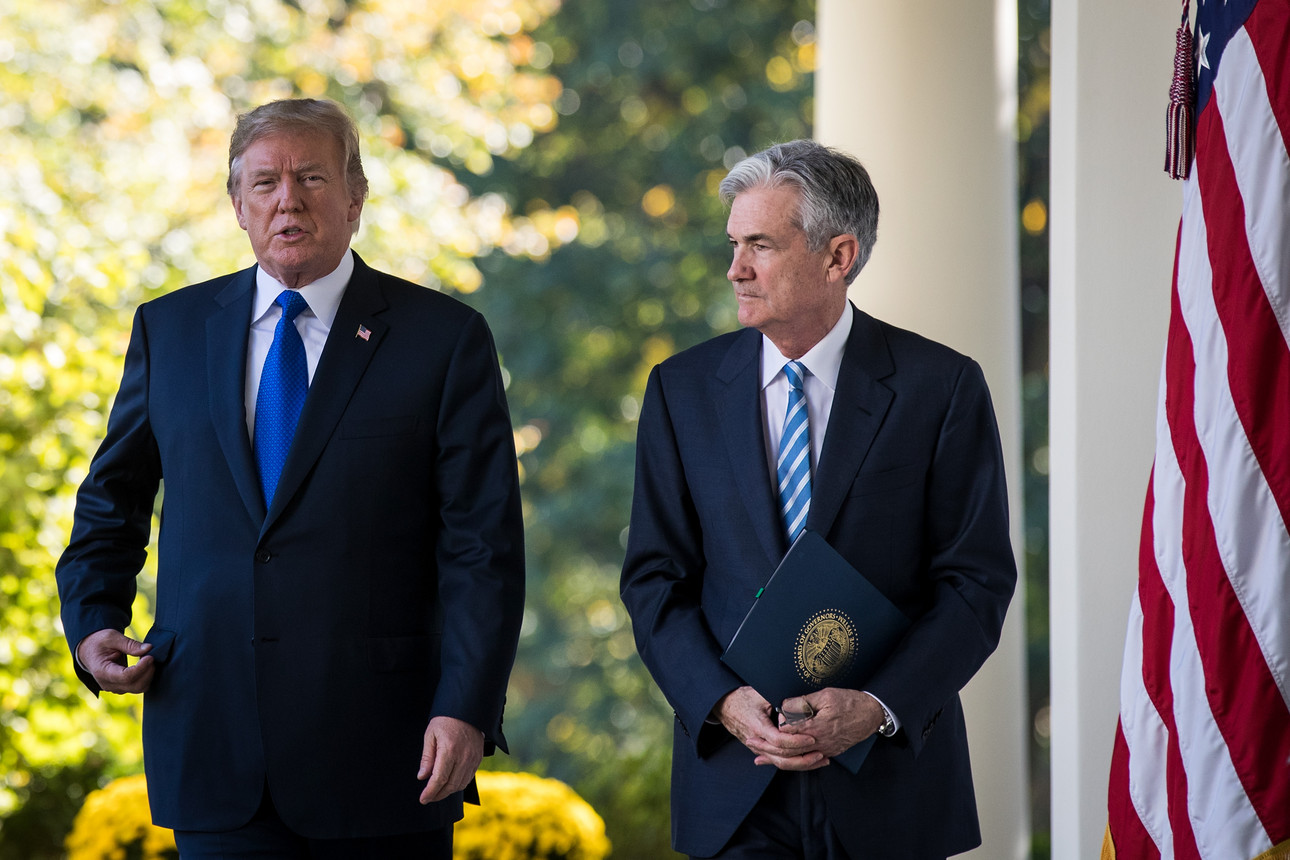How will Trump's pressure on the Fed affect the US dollar?
As long as the Fed holds out against Trump’s pressure for lower rates, the more the US dollar could further.

Many analysts pointed out a key difference in the performance of the dollar this year; namely that it has not been rising as economic and political uncertainty has increased. They believe that there may be another sense in which things are different this time. It relates to the fact that calls for lower policy rates by President Trump could be pulling the US dollar down now, which is not what we saw when he did the same back in early 2019.
Two things seem pretty certain when it comes to Wednesday’s FOMC meeting. The first is that the Fed will not cut rates and the second is that President Trump will criticize the Fed’s decision. The US President is not averse to getting involved in the monetary policy debate unlike most government leaders. He did so back in the spring of 2019 when the Fed refused to see the writing on the wall in Trump’s eyes and ease policy.
The Fed did eventually cut, in July, and then continued to ease thereafter, although Trump still criticised the Fed for the slowness and paucity of its rate cuts. But neither the cuts nor Trump’s pressure on the Bank seemed to undermine the US dollar as the greenback did not turn much lower until the summer of 2020. Fast forward to today and Trump is levelling the same sort of criticisms at the Fed. But this time we see that the US dollar is falling.
In short, it seems that the market might be a bit more responsive to these criticisms although it is undoubtedly hard to disentangle this effect from other factors that may be weighing on the US dollar, such as the tariff issue. But if we assume that the market is more responsive – that it is indeed ‘different’ this time – why might that be the case?
The first, and very obvious point is that general sentiment towards the US dollar is bad at the moment while, back in Trump’s first term the US dollar was rallying through much of 2018 and 2019. The general trend of the US dollar, or any other currency for that matter, influences the way in which the market assimilates incoming information. If a currency is declining the market is more likely to look at any incoming news through a bearish lens and vice versa. Right now, it seems that all things are conspiring against the US dollar and this issue of rate cuts and political pressure on the Fed is being viewed in the same way.
A second point is that the market may well view President Trump’s call for rate cuts as prophetic. That’s not because he can force the Fed to do the rate cuts that he wants. But because his understanding of the economic situation is better than the Fed’s, as Trump himself often claims. His calls for rate cuts in the spring of 2019 did prove prophetic and, it has to be said, came at a time when the market had not really priced rate cuts into its thinking. This factor could have limited the dollar’s vulnerability back in 2019 but today the market is on board with Trump’s view that the Fed will have to ease rates soon, and that could make the dollar more vulnerable.
A third issue is that, while Trump might not be able to get the Fed to set policy as he wants it, he does have more leverage this time because Chair Powell’s term ends next May and the president is already suggesting that he could have a replacement lined up soon.
Steven Barrow, Head of Standard Bank G10 Strategy said this brings into focus two issues. The first is that Trump could choose a replacement that is clearly more sympathetic to easier monetary policy, even though that may make it harder to get his pick through the Congressional ratification process. But even if Trump were to pick a less controversial candidate, that person would clearly be trailed by the media and others, keen for a view on how policy might be run under the new Chair, and especially if it is in a more dovish direction. This was not the case back in 2018/19 as Powell’s term back then was not up until 2022. Just whether the early nomination of a new Chair would create a sort of ‘shadow’ Fed that snipes from the outside about Fed policy, alongside Trump, remains to be seen.
“We rather doubt that this will happen. But as long as there is a chance of it happening and as long as the Fed holds out against Trump’s pressure for lower rates, the more the US dollar could further”, said Steven Barrow.








